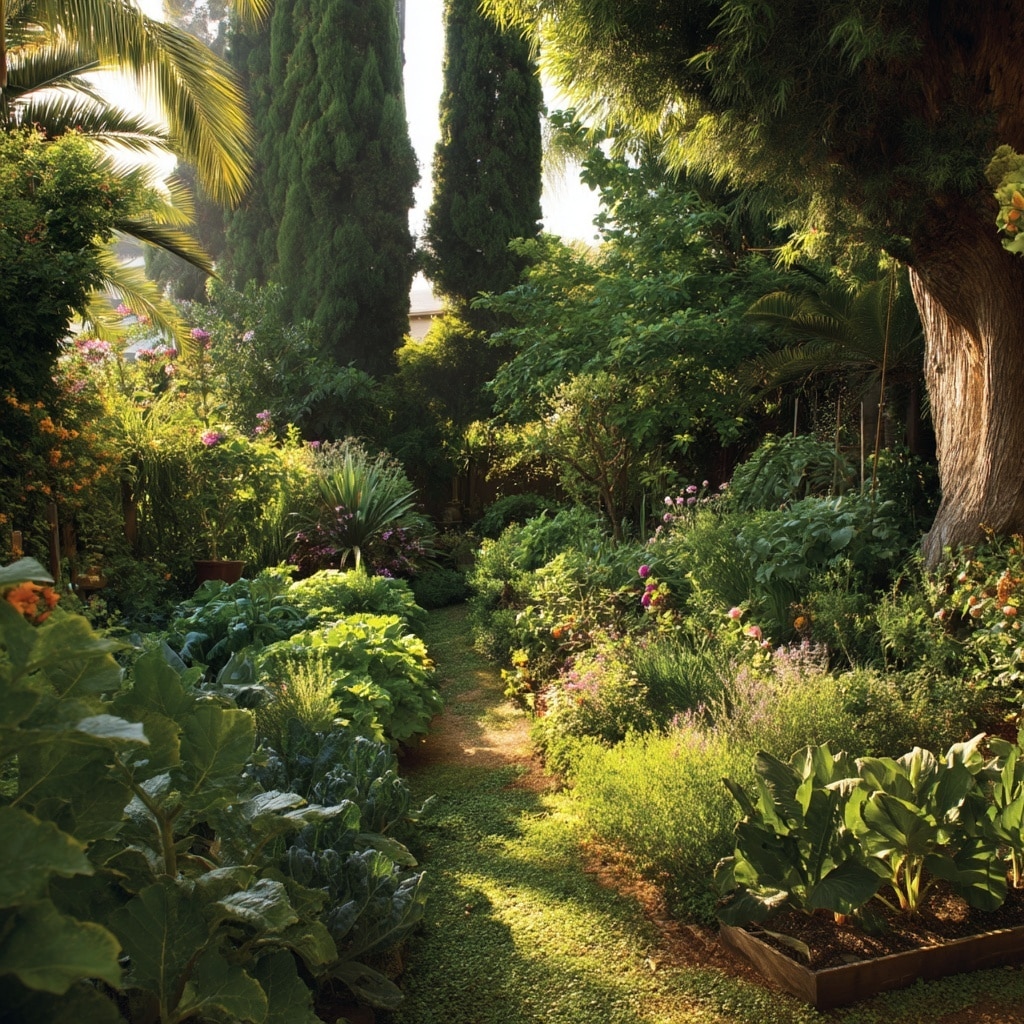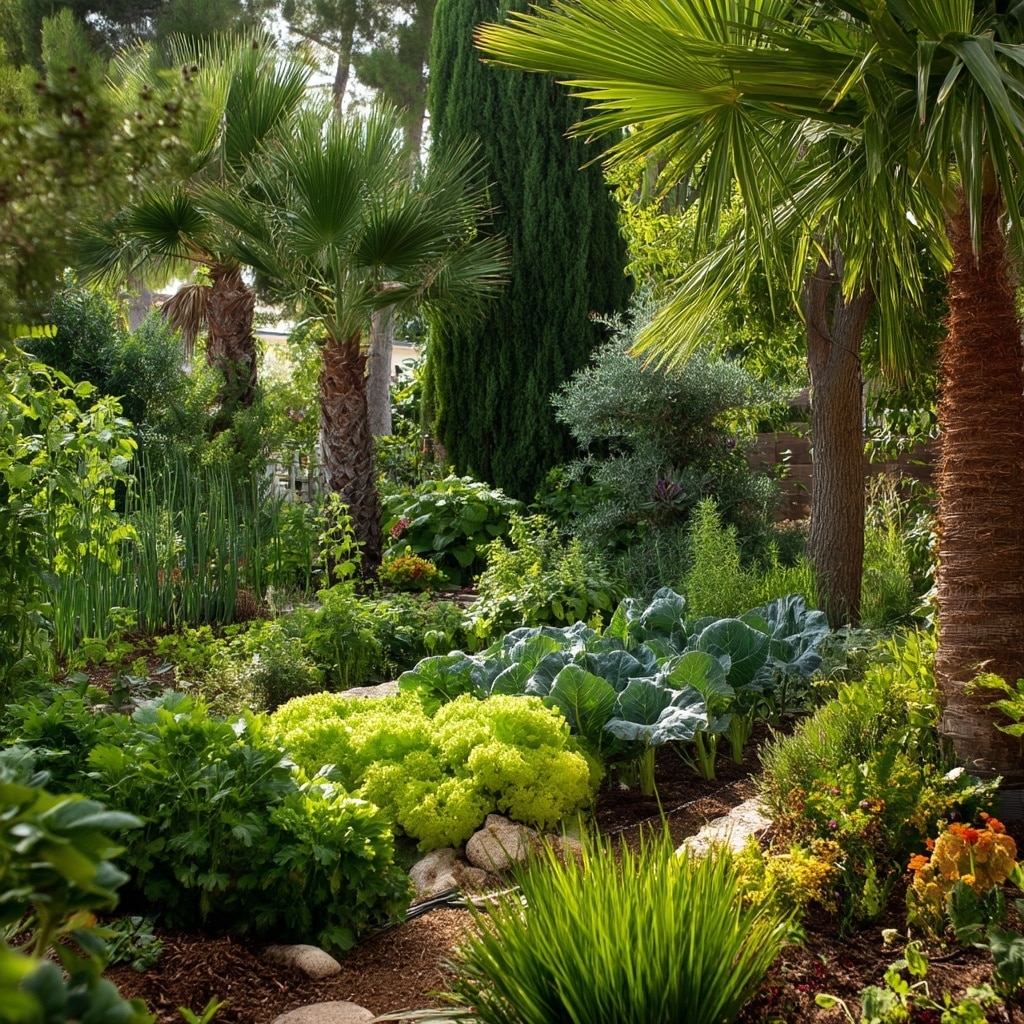Growing the perfect garden starts with one simple goal: grow a garden that fits your life, space, and personal taste. Whether you’re planting colorful flowers, harvesting crisp vegetables, or designing a mix of both, the ideal garden is the one that works for you. There’s no single blueprint for success—just thoughtful choices and consistent care.
A truly satisfying garden isn’t about perfection; it’s about intention. With the right knowledge, tools, and timing, you can grow a garden that thrives year after year. These five essential tips will help you build a strong foundation, avoid common mistakes, and enjoy the process every step of the way.
Table of Contents
Tip 1: Know Your Zone
One of the most important steps to grow a garden successfully is understanding your USDA Hardiness Zone. This zone system is based on the average minimum winter temperatures in your area and determines which plants can survive and thrive in your climate.
Choosing plants that match your zone means they’ll have a better chance of establishing strong roots, blooming at the right time, and surviving seasonal shifts. For example, a plant that thrives in Zone 8 might not handle the frosty conditions of Zone 5. If you plant outside your zone, you risk poor growth or plant loss.
You can easily find your zone by visiting the USDA Plant Hardiness Zone Map. Once you know your zone, use it to guide your plant selection year-round.
🌿 Pro Tip: Local garden centers usually stock plants suited to your zone, making shopping easier and safer for your garden’s future.
Tip 2: Know Your Soil
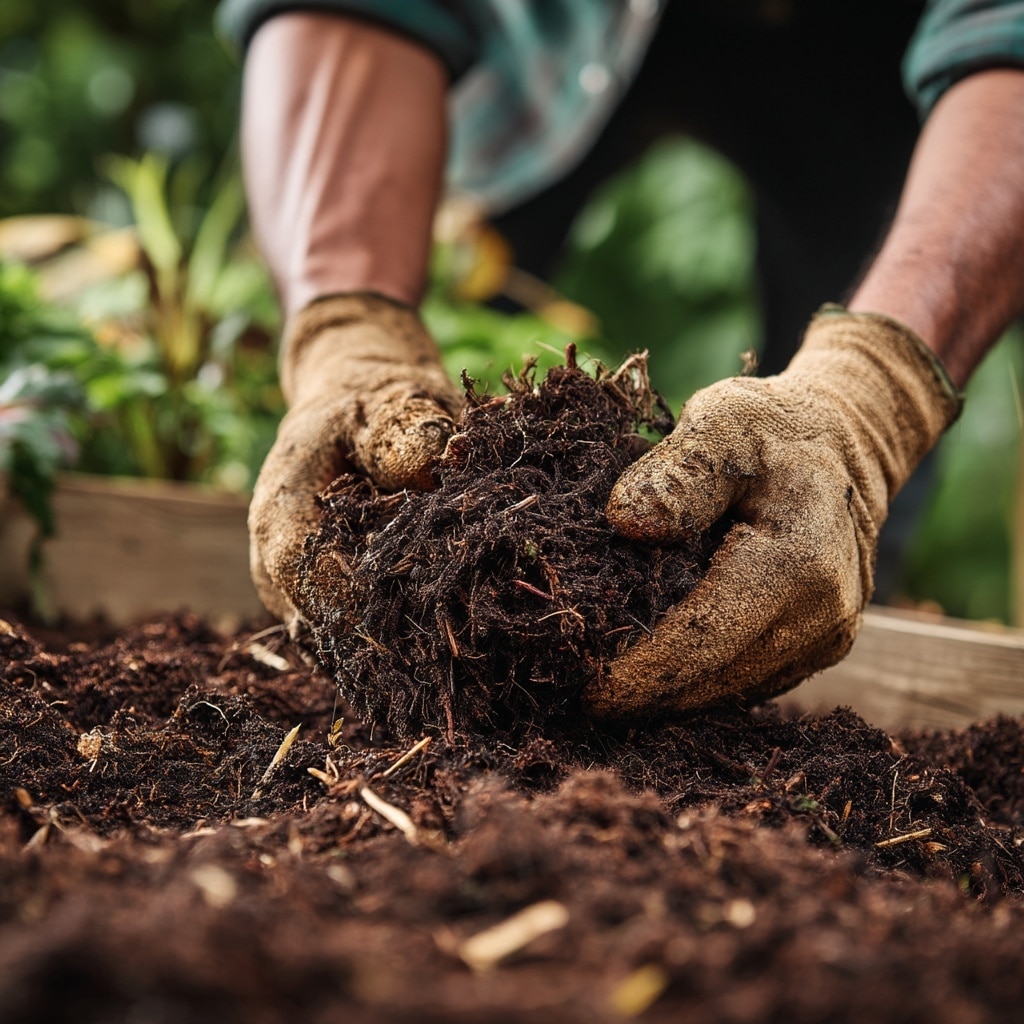
If you want to grow a garden that’s healthy and productive, start from the ground up—literally. Healthy soil is the backbone of a thriving garden. It feeds your plants, supports root development, and helps retain moisture during hot days.
Every garden soil is different, but most benefit from the addition of organic matter. Compost made from kitchen scraps, aged manure, or shredded leaves boosts soil fertility and structure. Spread 1–2 inches of compost over your garden beds in the fall or early spring, then work it into the top layer of soil before planting.
For vegetable gardens, consider planting cover crops like clover during the off-season. These green manures return nutrients to the soil and improve its texture over time.
🌱 Garden Tip: Avoid walking on garden beds, especially after rain. Compacted soil makes it harder for roots to breathe and grow.
Taking care of your soil isn’t just a one-time task—it’s a routine part of how you grow a garden that lasts.
Tip 3: Know Your Light

To grow a garden that truly flourishes, you need to understand how sunlight moves across your yard throughout the day. Light exposure can make or break your plant choices. A sunny spot in the morning might be shady by afternoon—and vice versa.
Before planting anything, spend a few days observing where the sun hits and how long it stays. Most vegetables, like tomatoes and peppers, need at least 6 hours of full sun to produce well. On the other hand, shade-loving plants like ferns and hostas prefer filtered or indirect light.
Matching the right plant to the right light is one of the smartest ways to ensure healthy growth. It also helps reduce stress on your plants, lowering the chances of disease or failure.
☀️ Quick Check: A spot that gets morning sun and afternoon shade is ideal for many flowering perennials and herbs.
When you plan around light, you don’t just grow plants—you grow a garden that responds to your yard’s unique rhythm.
Tip 4: Know Your Plants
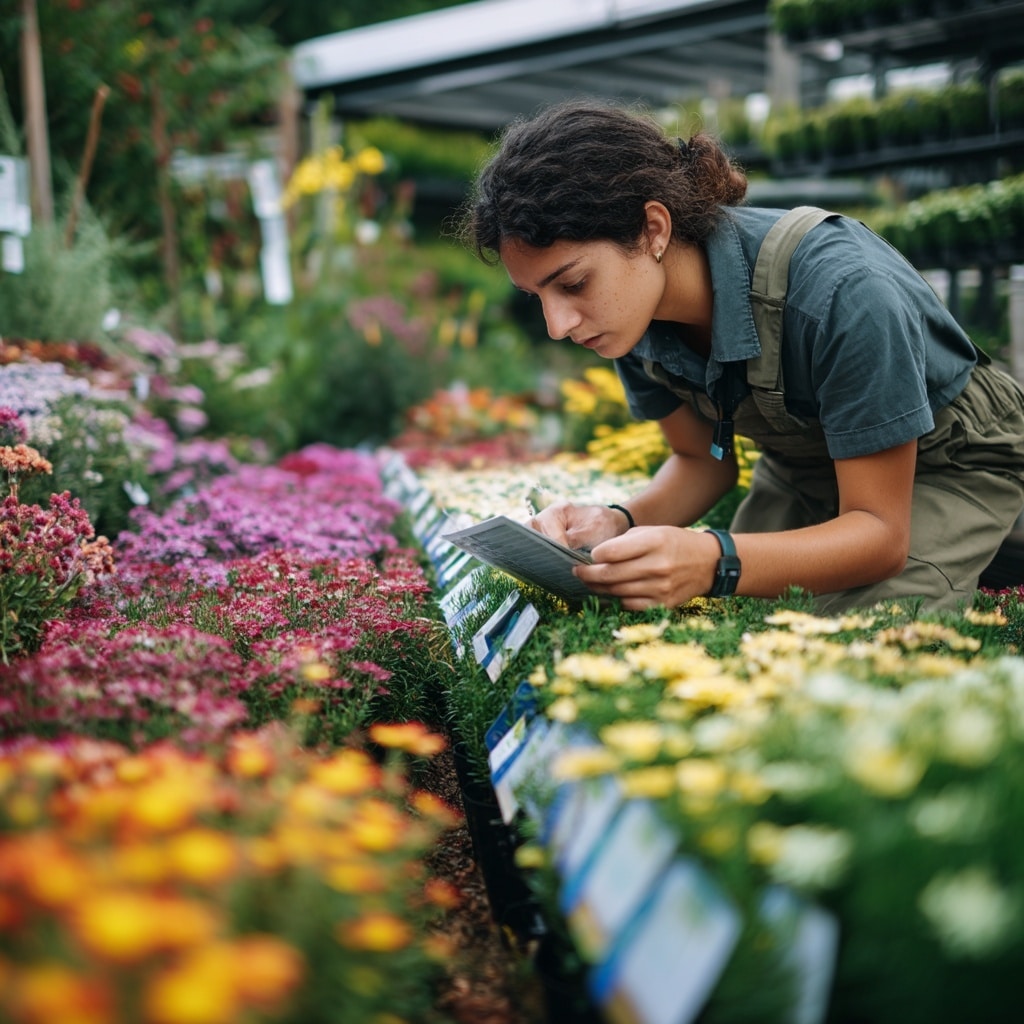
You can’t grow a garden successfully if you don’t understand the plants you’re putting in it. Each plant has specific needs—sunlight, water, spacing, and soil type—that determine whether it will thrive or struggle in your yard.
Before buying a new plant, take a moment to read the tag or label. Look for mature size, light preferences, and watering requirements. It’s easy to fall in love with a beautiful shrub or flower at the nursery, but it’s smarter to ask: Does this plant fit my garden space and conditions long-term?
Also consider growth habits. That cute one-gallon shrub might grow into a five-foot-wide giant in just a few seasons. Without planning, overcrowded plants can compete for nutrients and light, weakening your entire garden.
📓 Smart Tip: Keep a simple garden journal to track what you plant, where, and when. Note bloom times, pruning schedules, and fertilizer routines—it will save you time and frustration later.
When you choose wisely and plan ahead, you don’t just plant—you grow a garden with harmony, balance, and lasting beauty.
Tip 5: Know Your Preferences
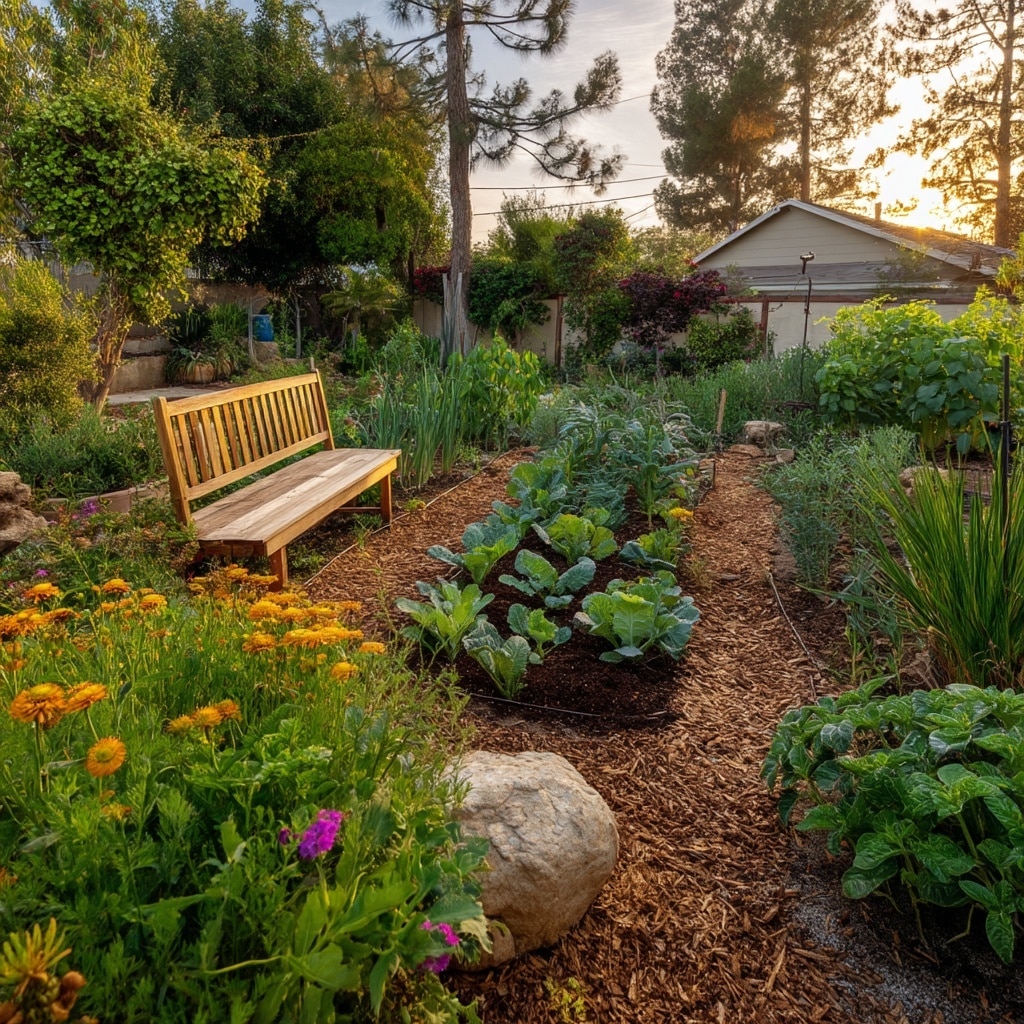
To truly grow a garden you’ll love, it’s important to tune in to your personal style and lifestyle. What brings you joy in a garden? Do you want neat rows of vegetables, wild cottage blooms, low-maintenance perennials, or a mix of everything?
Your garden should reflect you. Some people love the calm of ornamental grasses and native plants; others get excited about harvesting homegrown tomatoes or tending to climbing roses. There’s no one “right” way to garden—only your way.
Gardening is a process of discovery. You’ll make mistakes, try new ideas, and evolve over time. One season, you might prefer color and fragrance; the next, you may want edible plants or pollinator-friendly blooms. That’s the beauty of it.
🌼 Friendly Reminder: Your preferences will guide how much time, effort, and budget you put into your garden. Design with your lifestyle in mind.
The more you align your garden with your needs and tastes, the more rewarding it becomes. And in the end, that’s what it really means to grow a garden that’s perfect for you.
Conclusion
There’s no universal formula for the perfect garden, but when you understand your zone, soil, sunlight, plants, and preferences, you can confidently grow a garden that reflects your unique space and goals.
Gardening isn’t just about results—it’s about enjoying the process, learning from your land, and watching life take root. Whether you’re nurturing herbs on a balcony or planting rows in a backyard, remember: your garden, your rules.
With these five essential tips, you’re well on your way to grow a garden that brings satisfaction season after season.

